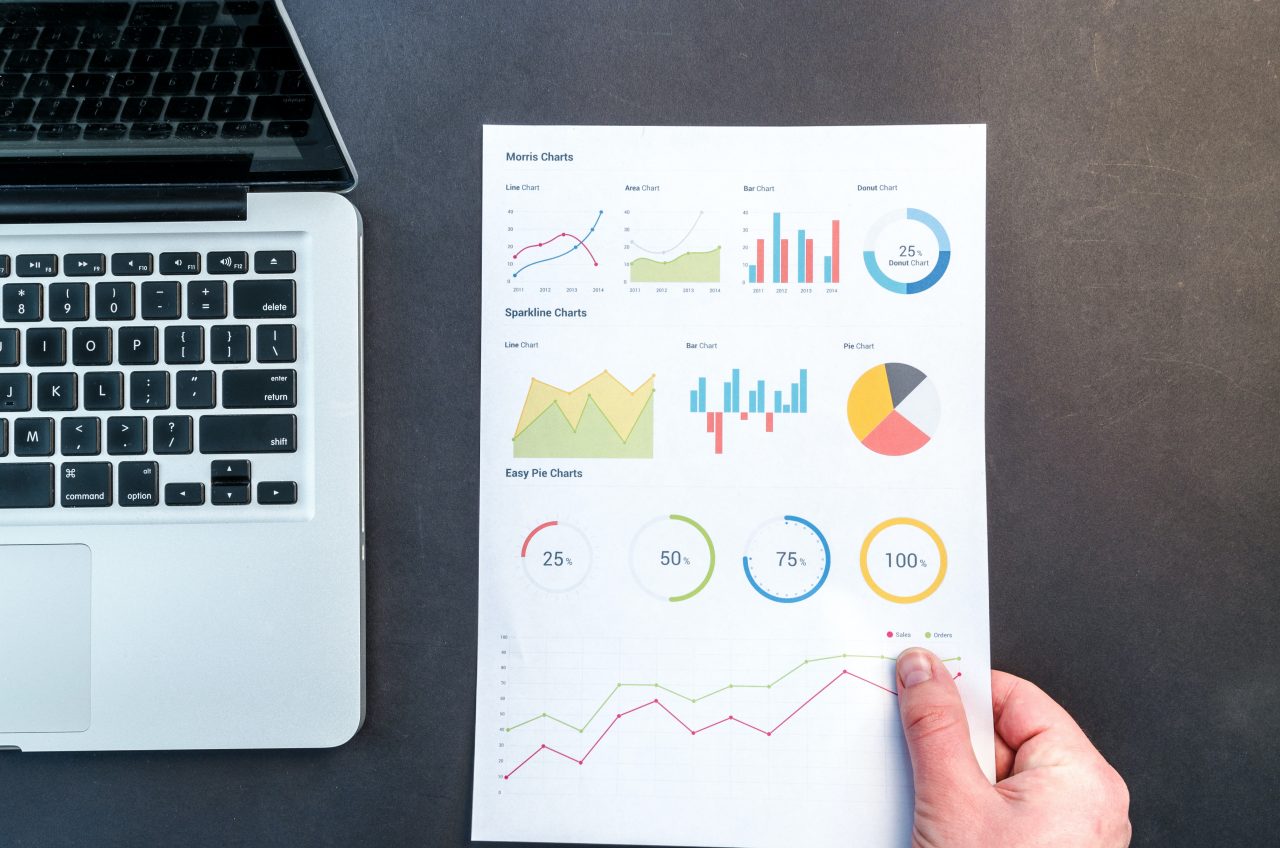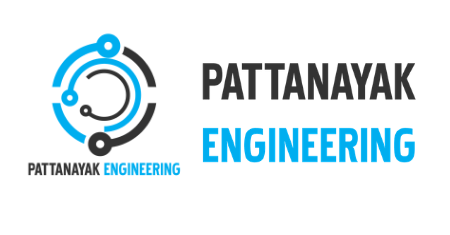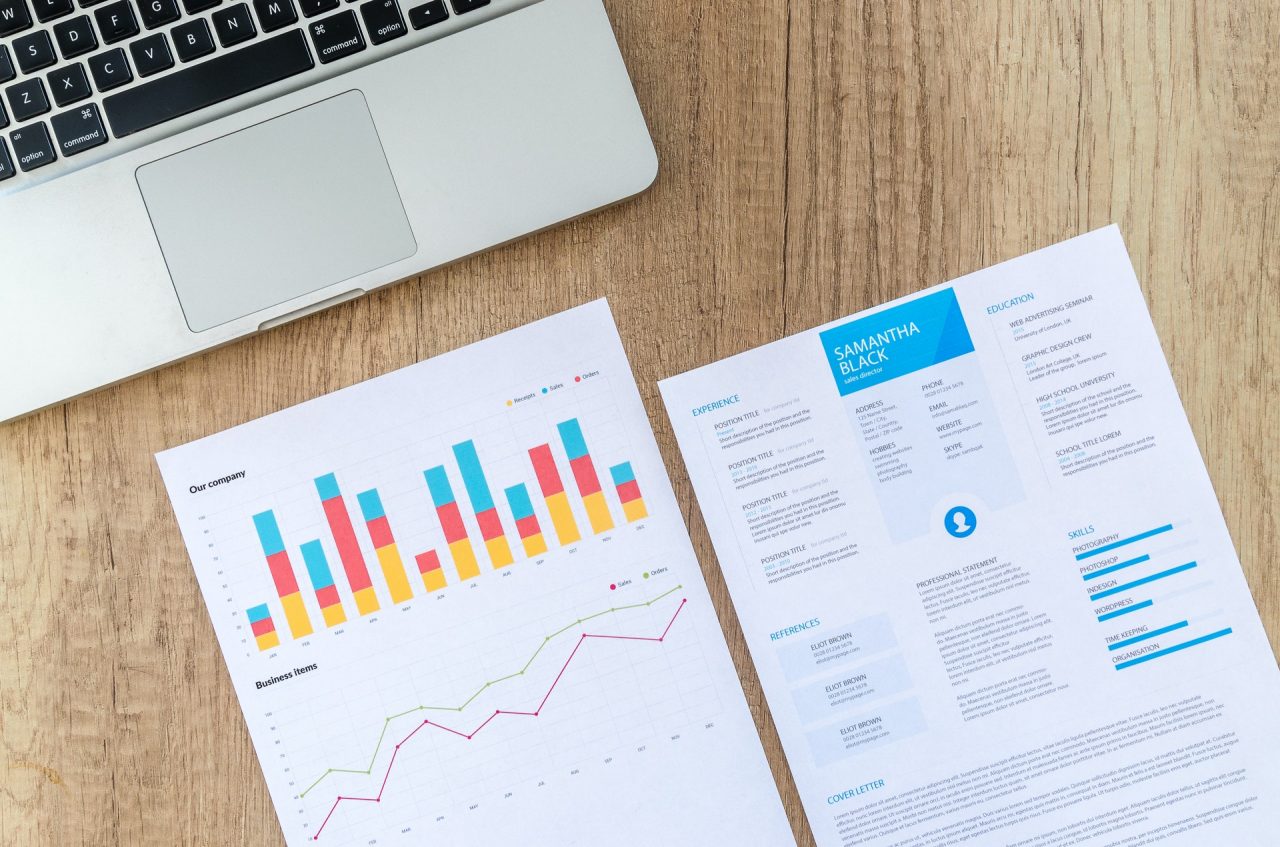Business Analytics and Its Components
Business analytics is the method of gather, classify, filtering, and studying business data, and using statistical models and monotonous methodologies to transform data into business insights. Business analytics and its components main objective is to decide which datasets are useful and how they can be leveraged to solve problems and increase efficiency, productivity, and revenue.
A subgroup of Business Intelligence (BI), business analytics is generally implemented with the goal of identifying actionable data. Business intelligence is generally illustrative, focusing on the strategies and tools utilized to acquire, identify, and categorize raw data and report on past or current events. Process of analytics is regressive, reliable to the methodology by which the data can be analyzed, patterns recognized, and models developed to clarify past events, create forecast for upcoming events, and suggest actions to maximize ideal outcomes.
Advanced data, calculable analysis, and mathematical methods are all used by business analysts to engineer solutions for data-driven issues. This process uses statistics, information systems, computer science, and operations research to expand their understanding of complex data sets, and artificial intelligence, deep learning, and neural networks to micro-segment available data and identify patterns. This available data can then be utilized to accurately predict future events related to consumer action or market trends and to recommend steps that can drive consumers toward a desired goal.
Components of Business Analytics
Mobile console have similar components to business dashboards, but with a few key differences. The components of business dashboards include:
Data Collection:
Before data can be analyzed, it must be collected, centralized, and cleaned to avoid duplication, and filtered to remove inaccurate, incomplete, and unusable data. Data can be aggregated from:
Transferable records: Records that are part of a large dataset shared by an organization or by an authorized third party (banking records, sales records, and shipping records).
Advanced data: Data supplied via a paper or digital form that is shared by the consumer directly or by an authorized third party (usually personal information).
Data Mining: In the search to reveal and identify previously unrecognized trends and patterns, models can be created by mining through vast amounts of data. Data mining employs several statistical techniques to achieve clarification, including:
Classification: Used when variables such as demographics are known and can be used to sort and group data
Reverting: A function used to predict continuous numeric values, based on extrapolating historical patterns.
Clustering: Used when factors used to classify data are unavailable, meaning patterns must be identified to determine what variables exist.
Alliance and Series Identification:
In many cases, consumers perform similar actions at the same time or perform predictable actions sequentially. This data can reveal patterns such as:
Association: For example, two different items frequently being purchased in the same transaction, such as multiple grocery in a series or a rice and oil.
Reverting: For example, a user requesting for a credit report followed by asking for a loan or booking an movie ticket, followed by booking a suite room or reserving a car.
Forecasting:
A forecast of future events or behaviors based on historical data can be created by analyzing processes that occur during a specific period or season. For example:
Analyzing energy demands for a tow with a static population in any given month or quarter.
Estimation of retail sales for holiday merchandise, including biggest sales days for both physical and digital stores.
Spikes in internet searches related to a specific recurring event, such as the Super Bowl or the Olympics.
Predictive Analytics:
Companies can create, deploy, and manage predictive scoring models, proactively addressing events such as:
Customer churn with specificity narrowed down to customer age bracket, income level, lifetime of existing account, and availability of promotions.
Machinery and equipment failure, especially in anticipated times of heavy use or if subject to extraordinary temperature/humidity-related stressors.
Market trends including those taking place entirely online, as well as patterns this may be seasonal or event-related.
Organization Expansion:
Companies can identify best-case scenarios and next best actions by developing and engaging simulation techniques, including:
Maximum sales pricing and using demand spikes to scale production and maintain a steady revenue flow
Listing of stock and shipping options that can optimize delivery schedules and customer satisfaction without sacrificing warehouse space.
Prime opportunity windows for sales, promotions, new products, and spin-offs to maximize profits and pave the way for future opportunities.
Data Visualization:
Information and insights drawn from data can be presented with highly interactive graphics to show:
Exploratory data analysis
Modeling output
Statistical predictions
Conclusion:
If You have any queries you can drop your questions below,
we will be happy to solve your problems.
Thanks for reading…!!!
Pattanayak Engineering



